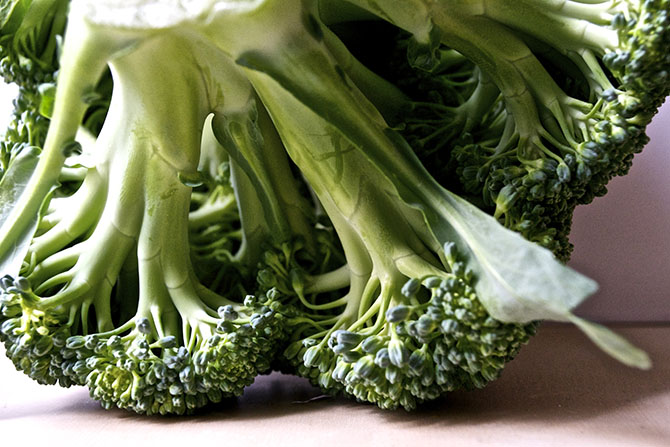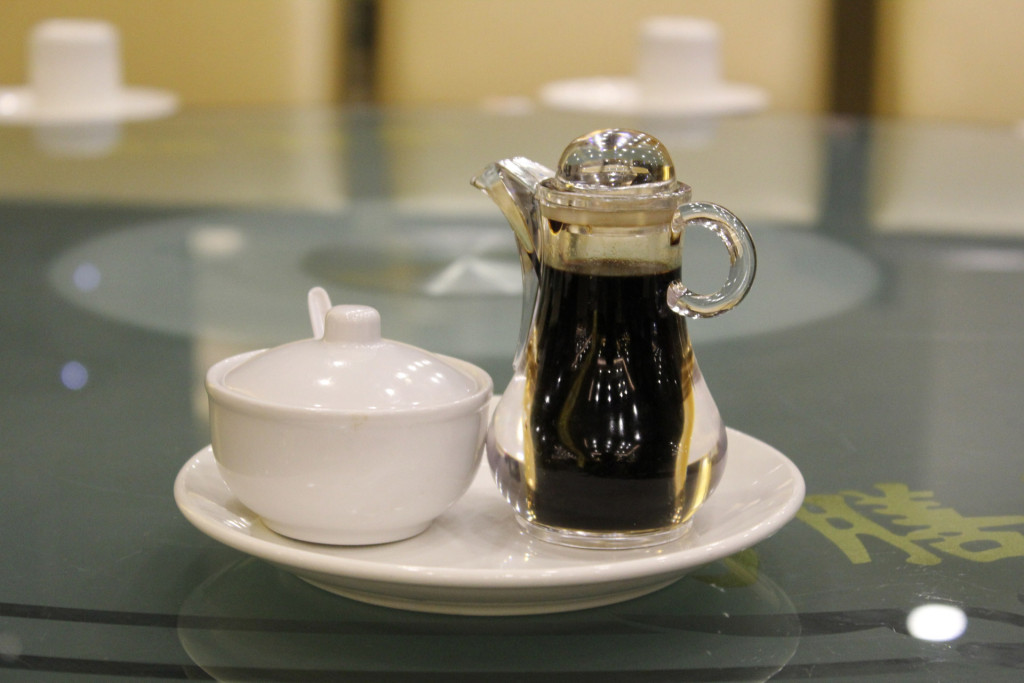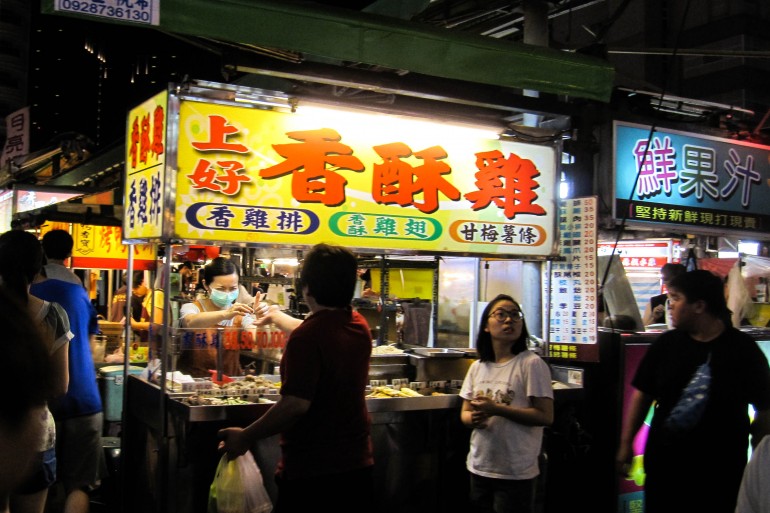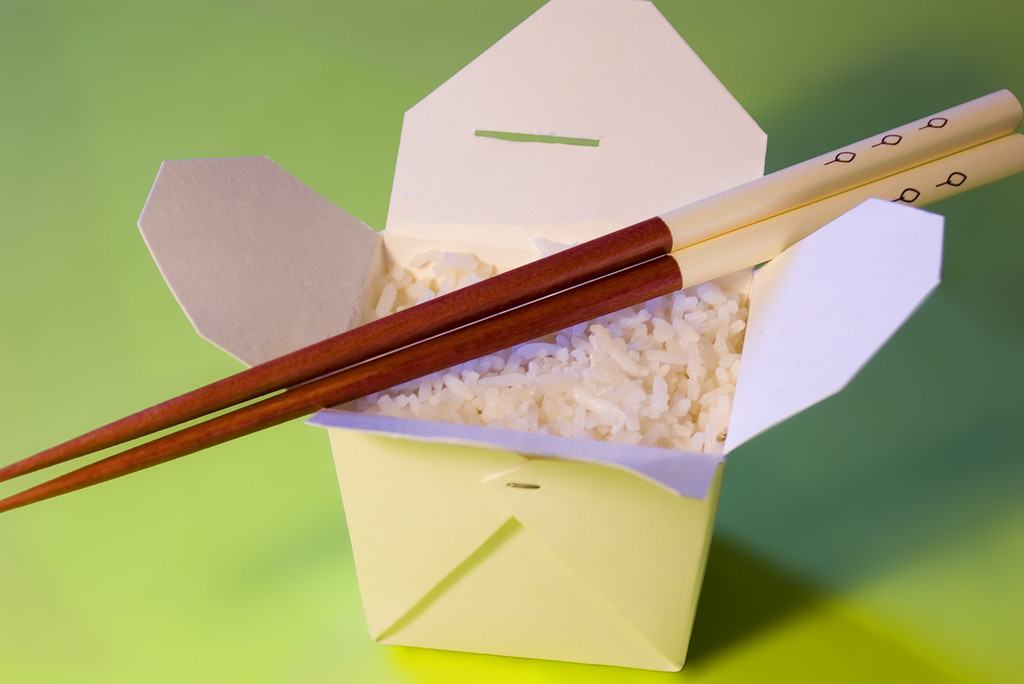I still remember my first time eating at a Chinese restaurant in the States. So many dishes on the menu confused me; why, for example, had I never heard of “General Tso’s Chicken” and “Crab Rangoon” before? In fact, most of the dishes in that restaurant were not authentic Chinese stuff. This isn’t to say American-Chinese food isn’t delicious; I’m always up for creamy crab filling encased in perfectly crisp wonton skins and love opening up a fortune cookie at the end of a meal. However, it’s surprising how many misconceptions Americans can have about what is Chinese food. Here’s my take on five distinctly un-Chinese parts of American-Chinese cuisine.

Photo by Joanna Wicks
1. Broccoli is Chinese
In the States, Broccoli seems to find its way into every plate of stir-fry. There are dishes named after broccoli, like “Beef and Broccoli.” Even foods like Sesame Chicken will have little obligatory florets of the vegetable. The funny thing is, broccoli is a cold-season crop; it doesn’t even grow in the tropical regions of Asia.

Photo by Maliz Ong
2. Put Soy Sauce in Everything
Sometimes, when I order a bowl of hot-sour soup, the waiter hands me some near-black concoction that tastes overwhelmingly of soy sauce. Too often, half-hearted restaurants seem to think that if they add enough soy sauce to the food, it will become Chinese. However, so many of my favorite Chinese foods, such as ma-you-ji (sesame oil chicken), don’t use any soy sauce.

Photo by Jocelyn Hsu
3. Stir-fry, Stir-fry, Stir-fry
Yes, stir-fry is a part of Chinese food. But, it’s really only a tiny part of the picture. There are countless delicious non-stir-fry foods you should try out if you ever have the chance. For example, treat yourself to a street food tour. You can’t go wrong with classics like cong-you-bing (scallion pancakes) or ma-qiu (sweet sesame balls).

Photo courtesy of Hoicelatina
4. Menus have 200+ choices
Going to a new Chinese restaurant here usually means I have to read through a dizzying menu selection. Even if I knew for sure that I wanted noodles, I’d have to choose between 20 types of chow mien. In comparison, most restaurants back home have short menus with only three or four types of noodles.

Photo by Scott Waldron
5. That take-out box
I love the take-out boxes they give you at Chinese restaurants. They’re microwaveable, come with a useful little handle, and are generally adorable. However, I’d never seen them before coming to the States. Instead, restaurants usually put leftovers in plain old plastic bags, tied up with a rubber band.

